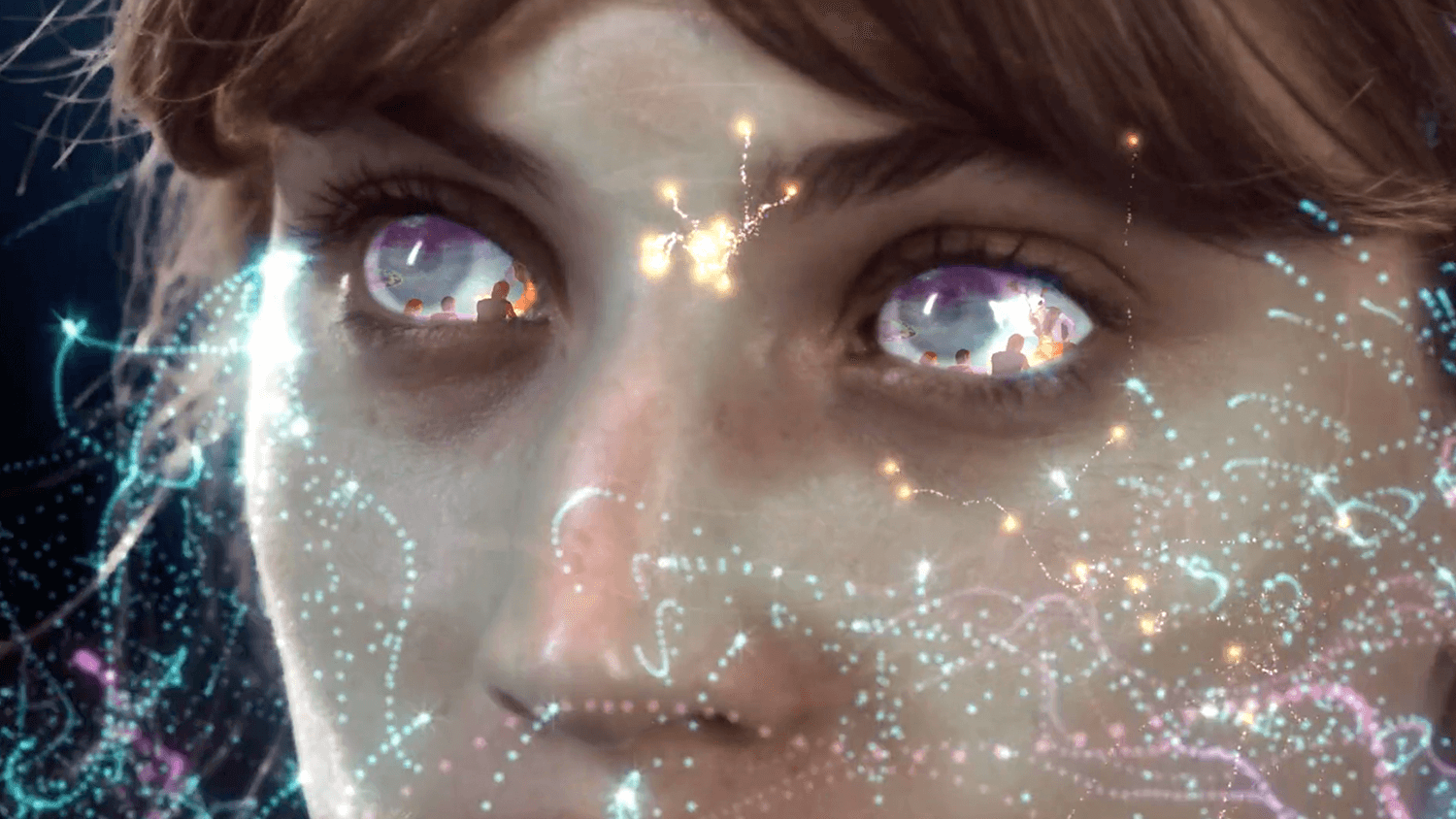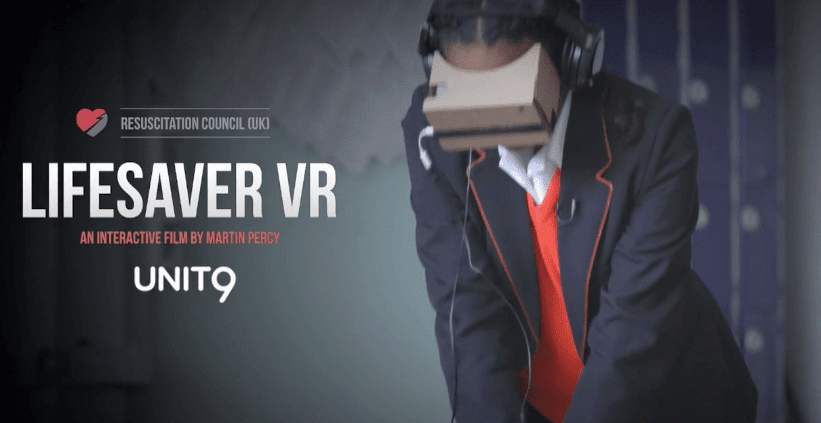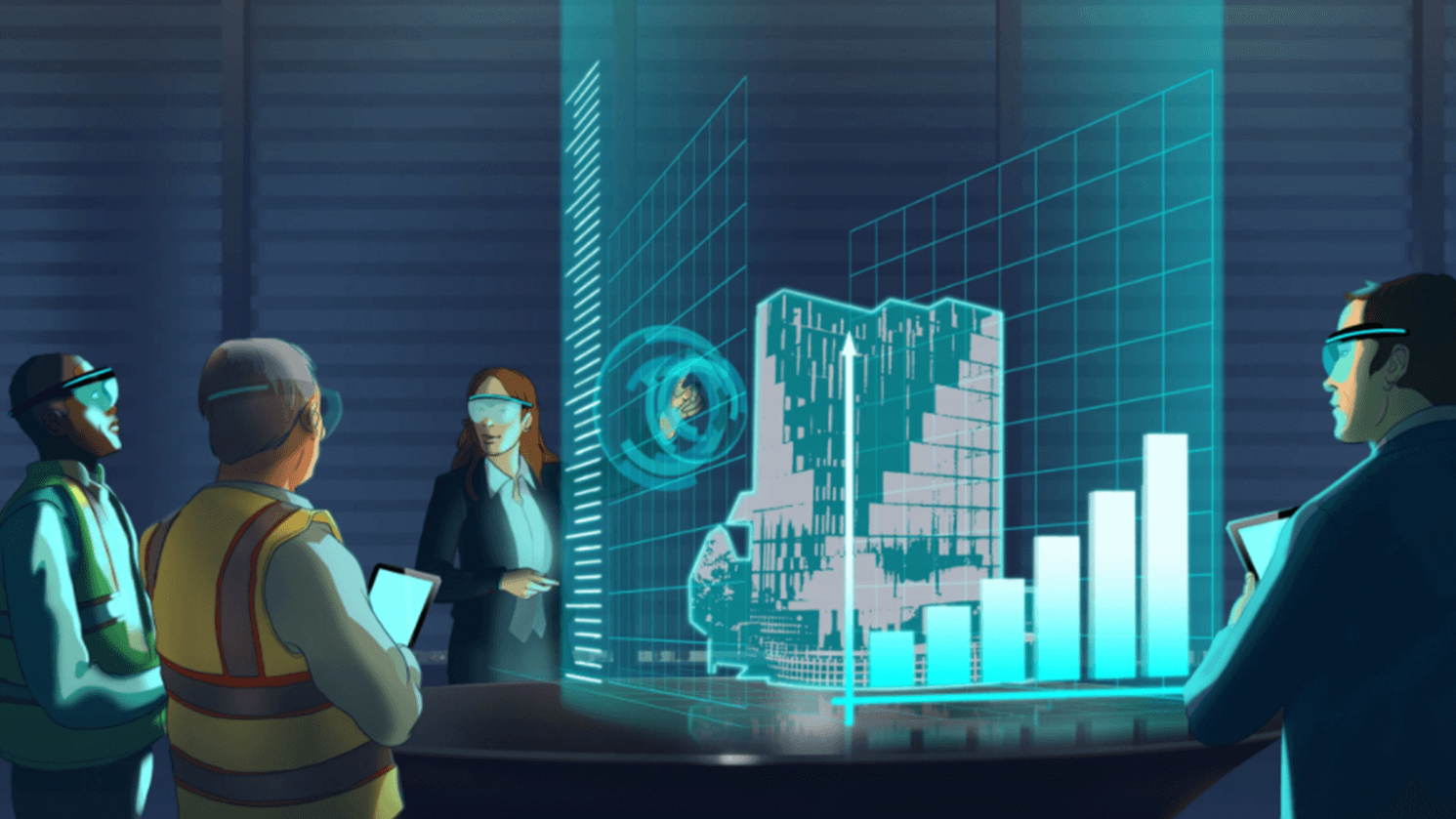GOING VIRTUAL: WHAT IS XR?

Looking at the various forms of alternate reality that together make up XR.
Emerging technologies are rapidly becoming the trend of the moment, with acronyms like AR (augmented reality), MR (mixed reality), VR (virtual reality) and XR (extended reality) buzzing around in investment banks, consultancies, and universities alike. You’d be forgiven for associating VR with scientists wearing alien-esque goggles, playing immersive video games.
But the applications of XR for business far outstrips the comical stereotypes. From high-risk training to bringing history to life in universities, computer-altered reality holds massive potential for business. Not only is it here to stay, but the industry is growing at breakneck speed: PwC estimates that “VR and AR have the potential to add $1.5 trillion to the global economy by 2030”.
Extended reality is perhaps the least famous of the computer-altered acronyms. XR is actually the umbrella term used when referring to AR, MR, and VR. As technology advances and new computer-altered forms emerge, the scope of this term is set to broaden. This article looks at the various forms of alternate reality that together make up XR, and considers their potential for business over the next three to five years.
Augmented reality: the world as we know it, with an extra twist
AR – augmented reality – involves adding computer-generated information onto the real-world environment. The most obvious example? Instagram’s filters that turn users into puppies, old people, and clowns. With AR, we’re looking at what’s actually in front of us, just with something extra added on top.
One business taking full advantage of AR is Swedish furniture giant IKEA. The company’s app IKEA Place uses augmented reality to allow customers to see how pieces of IKEA furniture would look in their own home. All that users have to do is open the in-app camera and point it at a corner of their living room, and they can virtually try out armchairs, coffee tables and bookshelves without having to step out of their front door. This application of AR has really come into its own during the COVID-19 pandemic. If you wanted to buy a piece of furniture to make your work from home situation a little more comfortable, IKEA’s AR app provided the perfect opportunity to test it out before pressing ‘confirm order’.
And even when consumers are allowed to visit physical shops again, we’re still a nation of online shoppers: in 2019, 82% of UK households made online purchases. The problem for businesses is that customers return 30% of products bought online – and these often can’t be put back on the shelves, meaning companies have to absorb a large financial hit. AR makes it less likely that customers will return their purchases: thanks to apps like IKEA’s, they have a better idea of shape, size and fit of what they’re buying. The retail sector is catching on fast: according to Global Market Insights, by 2024, AI investment in the sector will exceed $8 billion.
Virtual reality: a whole new world
Virtual reality, on the other hand, is a whole new world – literally. Virtual reality offers users a fully immersive experience, allowing them to travel through space, or even visit a different period in history. And beyond the novelty of the journey, this immersion also allows us to retain even more information, a crucial factor when it comes to learning a life-or-death skill such as CPR.
Every year, an estimated 60,000 people in the UK have an out-of-hospital cardiac arrest, and currently less than 10% survive. CPR has the power to change this – as long as people know what they’re doing and how. That’s where VR can prove so valuable. Nucco worked with The Resuscitation Council UK to create an interactive teaching experience, using VR to simulate a real-life crisis. CPR is not just about learning the practical skills, it’s also about having the confidence to swing into gear and use those skills in an emergency. The immersion of VR allowed participants to ‘feel’ the stress of the situation, and practice applying what they’d learned under pressure, so increasing the efficacy of the training, and helping The Resuscitation Council UK to save more lives.
 Resuscitation Council | VR Experience
Resuscitation Council | VR Experience
Virtual reality also provides brands with a platform to visualise the future of their industry or, say, engage with a holographic executive delivering a comms message – the possibilities are endless. VR is incredibly freeing as it enables companies to put people in impossible situations in a controlled way. Another application of VR in business is in training for high-risk industries. Nucco worked with global mining firm Anglo American on training materials including VR simulations. These simulations allow new employees to undergo onboarding and learn safety procedures without actually being confronted with these hazards.
MR
In mixed reality (MR), the real world and the digital world interact with each other. Technically both AR and VR are a part of the wider MR spectrum, with the physical and digital worlds at polar ends. AR sits closer to the physical world, while VR takes users on a journey through the digital world.
In most cases, however, we refer to MR when technologies provide an experience right in the middle between the real and digital world. A good example of this are holograms, which effectively create an environment where users treat objects as if they are really there. Microsoft’s Hololens allows businesses to use holograms to help employees perform complicated tasks, like advanced engineering or surgery, through remote video assistance or to learn new skills through step-by-step instructions.
The future
The possibilities that extended reality offers businesses, in all its guises, are huge. As consumers choose, buy, select, compare products and services in vastly more sophisticated ways from just a few years ago, the rapid development in virtual tools can bring a richer deeper and all-consuming experience that strengthens the brand and the customer relationship. Likewise, the use of these XR tools internally can allow businesses to engage their employees and build their brands in unprecedented ways.
Contact us to find out how you can leverage XR for your organisation.


